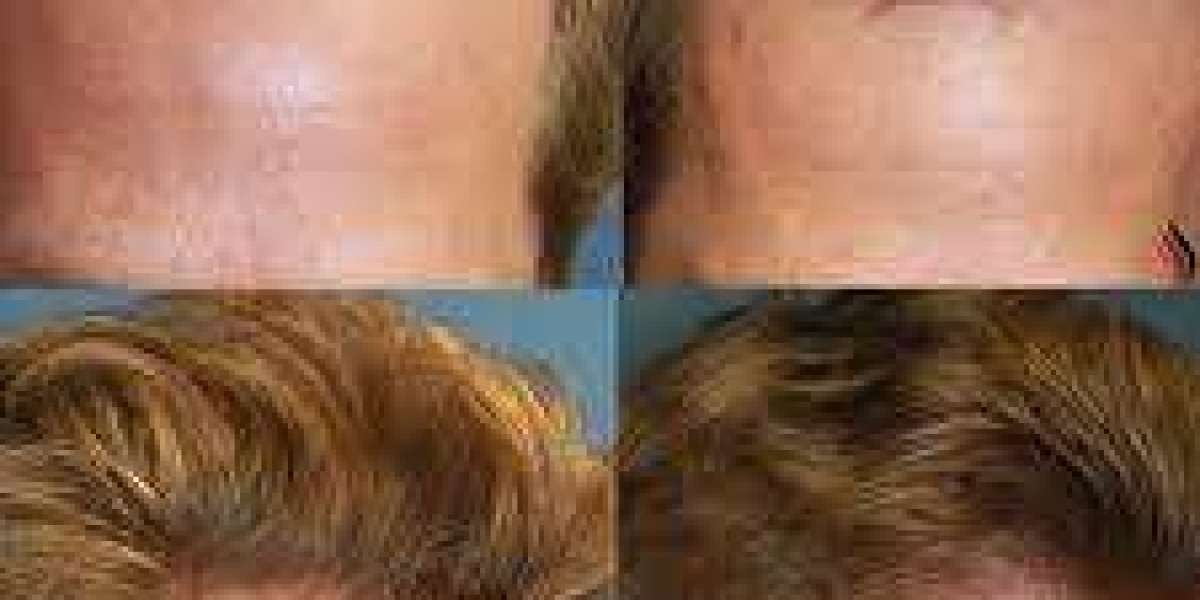Hair loss affects millions of people worldwide, impacting not only their appearance but also their confidence and self-esteem. Fortunately, advances in medical technology have made hair restoration more effective and natural-looking than ever. In Beverly Hills, a city renowned for its beauty standards and cutting-edge cosmetic procedures, hair transplant techniques have evolved dramatically to provide permanent, natural results that meet the highest expectations.
If you’re considering a hair transplant in Beverly Hills, it’s essential to understand the advanced methods used by top specialists and the precautions taken to avoid complications such as septal perforation, especially in cases involving combined procedures.
Why Choose Beverly Hills for Your Hair Transplant?
Beverly Hills is synonymous with luxury and innovation in cosmetic surgery. Patients from around the globe travel here to access some of the world’s best hair restoration surgeons. Clinics in Beverly Hills use the latest technology and techniques, often combining artistry with science to achieve seamless, natural results.
The local clinics are not just about hair restoration; they emphasize patient safety, individualized treatment plans, and lifelong results. This focus ensures patients receive the most effective solutions tailored to their hair loss pattern, skin type, and aesthetic goals.
Advanced Hair Transplant Techniques in Beverly Hills
1. Follicular Unit Extraction (FUE)
FUE is currently the most popular hair transplant technique worldwide, especially in high-demand areas like Beverly Hills. This minimally invasive procedure involves extracting individual hair follicles from the donor area—usually the back of the head—and implanting them in the balding or thinning areas.
The key benefits of FUE include:
Minimal scarring: Tiny dot-like scars that are virtually invisible.
Faster recovery time: Patients can return to daily activities within days.
Natural hair growth: The transplanted follicles grow hair just like the original.
Advanced robotic systems like ARTAS have further enhanced the precision and efficiency of FUE procedures, making it possible to harvest healthy follicles with minimal trauma.
2. Follicular Unit Transplantation (FUT)
Although less common than FUE, FUT remains an option for patients needing larger graft quantities. In FUT, a strip of scalp is removed from the donor site, and individual follicular units are dissected under a microscope before transplantation.
FUT can yield a higher number of grafts in a single session but leaves a linear scar, which can be concealed with longer hair.
3. Platelet-Rich Plasma (PRP) Therapy
PRP therapy is often combined with hair transplants to boost healing and stimulate hair growth. It involves injecting the patient’s own platelet-rich plasma into the scalp to enhance follicle survival and accelerate recovery.
Achieving Natural, Permanent Results
The hallmark of a successful hair transplant in Beverly Hills is natural-looking hair growth that lasts a lifetime. To achieve this, surgeons carefully design the hairline, consider the patient’s facial structure, and use ultra-fine instruments to implant follicles at precise angles and depths.
Long-term success also depends on proper post-operative care and realistic expectations. Most patients notice visible growth within 3-4 months, with full results by 12-18 months.
Understanding Septal Perforation and Its Relevance
While septal perforation is primarily a nasal condition involving a hole or fissure in the nasal septum, it can occasionally become relevant in cosmetic procedures performed in or near the nasal area, especially when multiple facial surgeries are combined.
What is Septal Perforation?
The septum is the cartilage and bone that separates the two nostrils. Septal perforation occurs when there is a hole in this tissue, which can lead to symptoms like nasal congestion, crusting, bleeding, or whistling sounds when breathing.
Though septal perforation is not directly related to hair transplants, patients considering combined procedures such as rhinoplasty (nose surgery) and hair restoration should be aware of potential risks. For example, harvesting cartilage or other tissues from the nasal area can increase the risk of septal perforation if not done carefully.
Why Mention Septal Perforation in a Hair Transplant Context?
In Beverly Hills, many patients seek comprehensive aesthetic enhancement, which may include both hair transplant and nasal surgeries. Skilled surgeons ensure that when these procedures are performed together, the risk of complications like septal perforation is minimized by:
Thorough preoperative evaluation.
Coordinated surgical planning.
Using advanced minimally invasive techniques.
If septal perforation is suspected or diagnosed, prompt treatment by an ENT specialist is critical to prevent long-term complications.
Choosing the Right Clinic in Beverly Hills
When considering a hair transplant in Beverly Hills, it is vital to choose a clinic with a proven track record, experienced surgeons, and a commitment to patient safety. Look for clinics that:
Use the latest hair transplant technologies.
Offer personalized treatment plans.
Provide thorough consultations explaining risks and benefits.
Have positive patient reviews and before-and-after galleries.
Final Thoughts
A hair transplant in Beverly Hills offers a powerful solution to hair loss with advanced techniques that provide natural, permanent results. Understanding the procedure, possible risks, and the importance of selecting an expert surgeon will ensure you achieve the best outcome.
Though complications like septal perforation are rare and typically unrelated directly to hair transplants, being informed about all aspects of cosmetic procedures is important, especially if multiple facial surgeries are planned.








